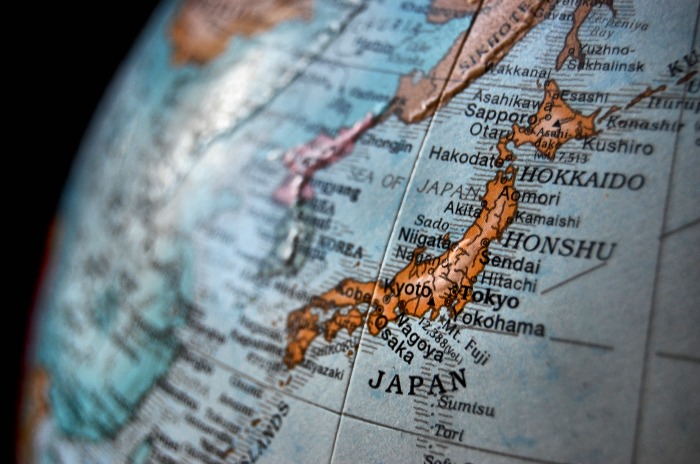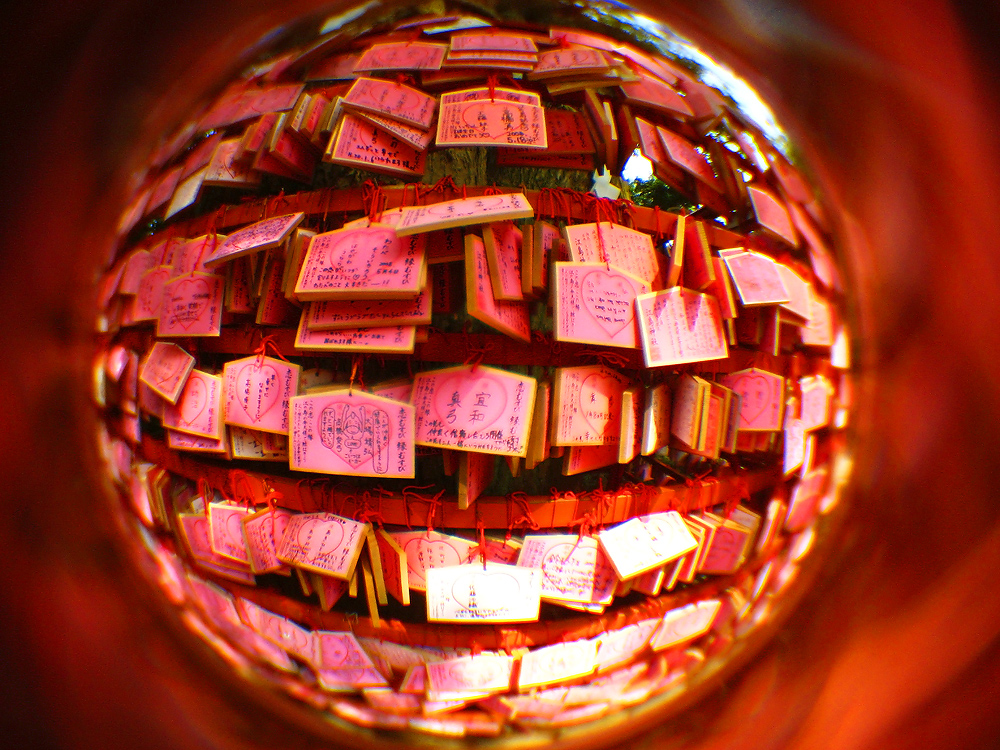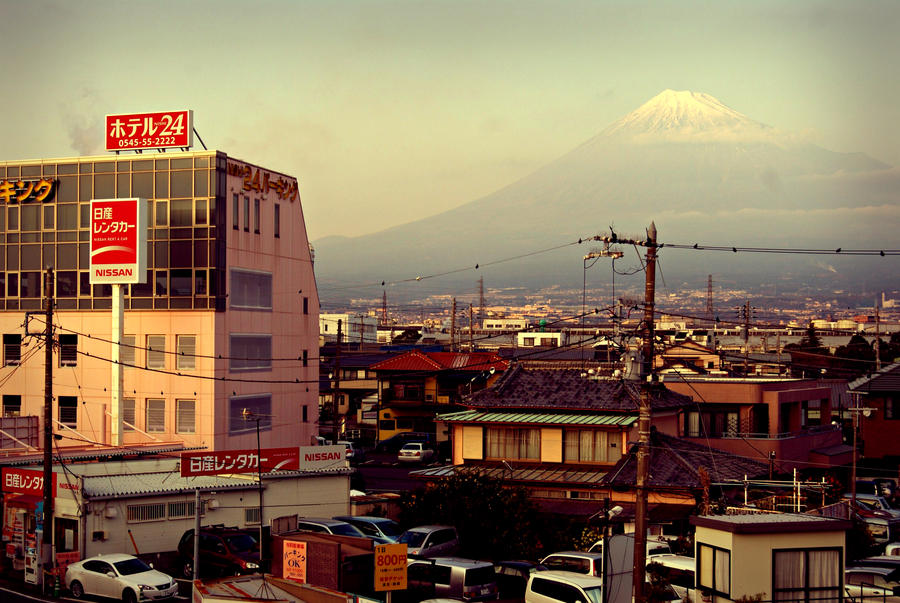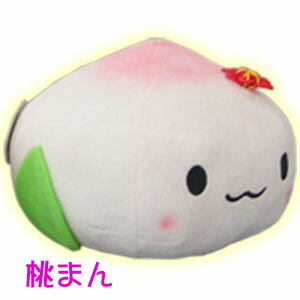My teachers
sometimes manage to positively surprise me.
The trip to a
sake brewery, where we were to see how it’s made, was first supposed to take
place in December, but something didn’t work out there. Then the information we
received got a bit unclear, it ended up as February 8th (right before
a skiing trip – yay for health and safety!)… but surprise, it turned out that
there’ll be two trips in total and the first one was yesterday.
First big plus: Fukumitsuya
(福光屋) brewery is
relative close to my campus, about 10 minutes by bus or 40 on foot (coz you
have to go down one mountain and then climb another). Second one: Fukumitsuya
was founded in 1625 and is the oldest sake brewery in Kanazawa (no surprise
there), so if this isn’t going to be first class sake, then I doubt that such
thing even exists!
Upon entering we
were welcomed by a very characteristic smell. Not an unpleasant one, though
that depends on one’s taste, just this typical sake smell (for those who don’t
know it: less acidic than wine, slightly sweeter than vodka and all in all
quite subtle). We watched a short video about the brewery and the process (the
process was then revised upon touring and we also have it in a form of a
leaflet), we dressed in wellies and white coats (hehe, we were a group of sake-doctors!)
and we set off.
 |
| Leaflet adequately reflecting the seriousness of the whole brewing process. |
In front of the
building, where the whole sake-making process takes place, there was a little
shrine, which also happened to be a tiny spring of the Kanazawan spring water.
It’s the same spring water that’s flowing from all taps in the city, and, as we
were assured during the trip at Fukumitsuya, when the only ingredients are
rice, water and yeast, they all need to be of the best quality possible to make
something really good. As for the shrine, well, brewing sake is thought to be
an almost sacred process since centuries ago, moreover, Japan’s full of various
Shinto deities or mythical creatures which everyone believes in – so all
employees at the brewery pray to the deity of sake (hehe) and ask for a
blessing at the beginning of the brewing season which takes place in winter.
 |
| ... and may our sake taste fabulous. Amen! |
Unfortunately,
the highest floor, where the process begins – the rice is prepared by being
washed many times and cooked – is for staff only. Apart from the 40°C and about
90% humidity (!), at this stage it’s very easy to contaminate the rice and
spoil its taste, so the less people go in and out (and the more of the people
allowed in are properly trained), the better for the sake. And yes, employees
there work topless and yes, centuries ago they also did (both men and women,
though I don’t know if some form of gender-based segregation takes place now).
However, the
other three floors were accessible to us – and not just the floors! We had the
honour of being able to taste pretty much every stage of brewing up until the
moment where the pulps (which have their own names, but I think only sake
brewers with a history of sake brewing in their families can remember) become
sake.
On the second
floor were big tanks filled with just rice, water and yeast mix called koji,
each tank being at a different stage of the fermenting process which is about 2
weeks long on average. None of the pulps look attractive, kind of like a
particularly unappetizing porridge, but there’s no swan without an ugly duckling
first, right? (Or more like no sake without an unappetizing pulp beforehand). A
day or two after mixing this pulp tastes a bit like a sweet and sour rice
pudding and the yeast hasn’t produced any alcohol yet, but a day or two before
the pulp is due to move on, it tastes considerably less sweet (though it still
has a sweet aftertaste) and the whole thing’s about 5% alcohol. Other than the
taste, someone not trained as a brewer will only be able to tell the pulps
apart by the amount of foam on top, of which there is more of in the older
tanks.
 |
| Young pulp, 0 alcohol. |
 |
| Older pulp, 5% alcohol. |
 |
| Tanks on second floot. |
The first floor
was full of other tanks which kept the pulp fermenting some more before it
could be purified. At this stage “layers” of the rice pulp, water and more
koji-yeasr are added, the proportions being dependent on the type of sake
(Fukumituya claims that they produce the “purest” one, by which they mean only
these three ingredients and no watering down), and the whole process is
controlled with thermometers and the experience, intuition and sense of smell
of the sake-master. Pulps we tasted here had about 18-19% alcohol, which is
about the same as the final product, though to me they tasted like poor quality
rice moonshine. And what are the crosses on top of the tanks for? To save
clumsy people from falling down the tanks, which could end up horribly due to
the level of CO2 so high that you risk suffocating in a ridiculously short time
– even thorough washing of the tanks has to wait a few days until the CO2 level
inside isn’t life threatening.
 |
| Top: proces of adding the "layers". Bottom: comparing the sake fermentation to that of beer and wine. |
 |
| You don't wanna fall in there. |
We could not see the process of purifying itself. I’m not sure if that’s because it’s all happening
inside the machine pictured below or because we weren’t allowed in the place
where rice pulp is put in linen sacks (which we have seen on the video). The
point is, all that we saw from this last stage was pipes getting clear, and ready,
sake to some other tanks. A few days pass between the sake being done and bottling
it, so we became new members of this quite elite group of people who got to
taste the freshest sake possible. And here I could really see what good sake
tastes like. Don’t get me wrong, I’m no expert and I had maybe three to five
chances to try different types of sake beforehand, but even I realised that
those ones were, well, average. It’s just like with everything else: if someone
isn’t bothered, then they’ll be satisfied with the cheaper mid-range one, but
if someone really likes something, then they’ll pay a bit extra just to feel
the taste they’re after. And when minutes later we were able to try some of the
Fukumitsuya bottled sake, I was quite surprised because I kept being told that
it’s expensive (we’re paying for quality here, people), while to me the prices
were completely reasonable (the most expensive one cost about Y2500/0.5l, which
is about £15). And to me, someone who knows next to nothing about sake, the
Fukumitsuya sake is definitely worth its price.
 |
| The mysterious purifying machine. |
 |
| Aaaand down the hole you go! |
































































